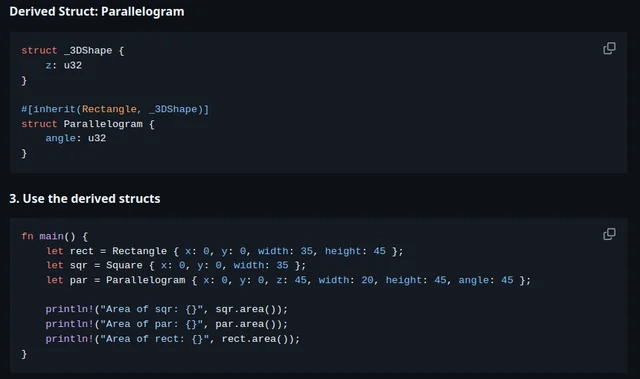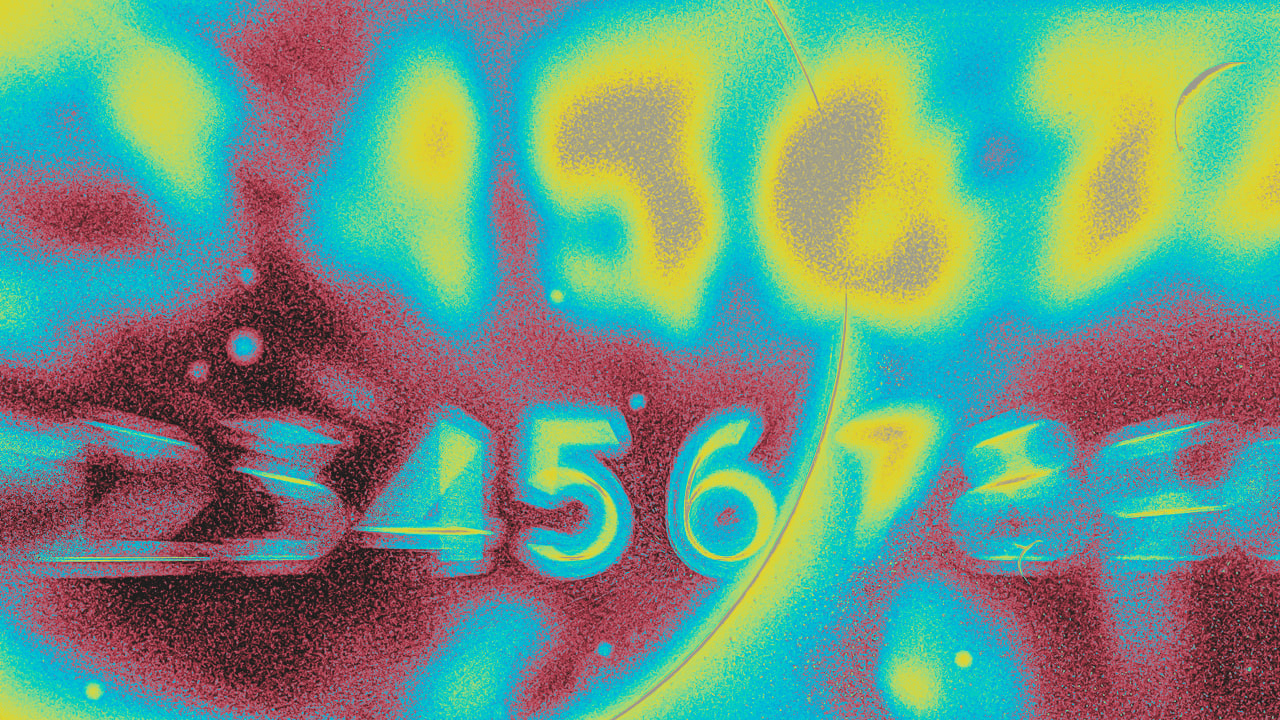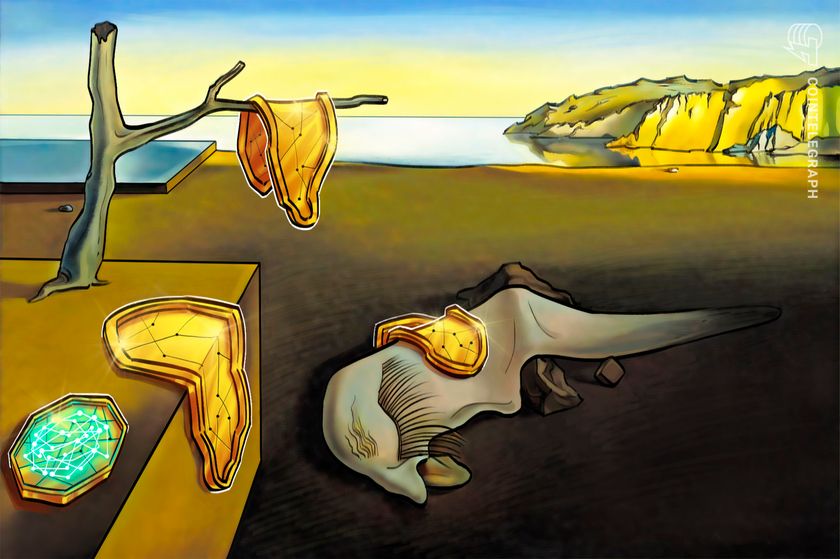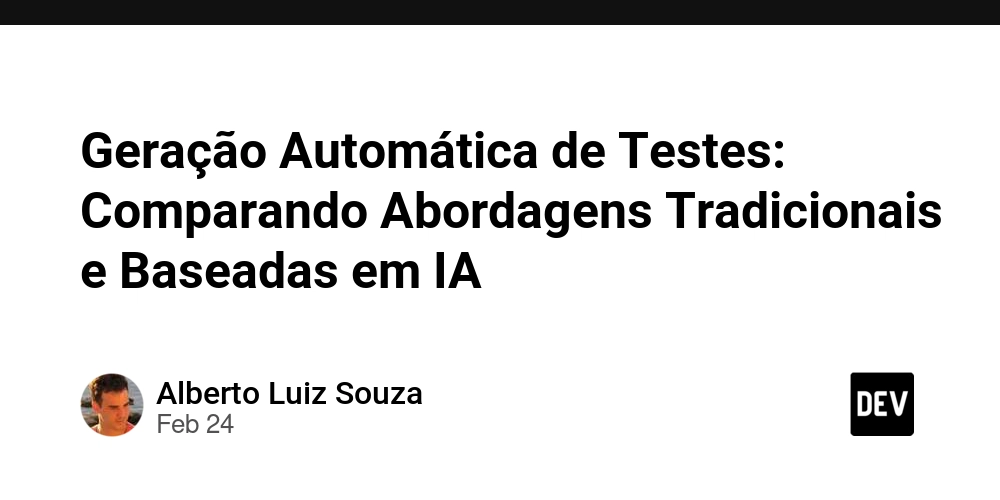Rust Beginnings: Coding a Perceptron with Struggles and Hope
This is my first Rust code! pub struct LogicGate { weights: Vec, //重み bias: f64, //バイアス inputs: Vec, //入力 } impl LogicGate { pub fn new(weights: Vec, bias: f64, inputs: Vec) -> Self { LogicGate { weights, bias, inputs } } } pub trait Gate { fn and(gate: &Self) -> f64; fn or(gate: &Self) -> f64; fn nand(gate: &Self) ->f64; fn xor(gate: &Self) -> f64; } impl Gate for LogicGate { fn and(gate: &Self) -> f64 { let sum: f64 = gate.inputs.iter().zip(gate.weights.iter()) .map(|(x, w)| x * w).sum(); if sum + gate.bias > 0.0 { 1.0 } else { 0.0 } } fn nand(gate: &Self) ->f64 { let sum: f64 = gate.inputs.iter().zip(gate.weights.iter()) .map(|(x, w)| x * w).sum(); if sum + gate.bias f64 { let sum: f64 = gate.inputs.iter().zip(gate.weights.iter()) .map(|(x, w)| x * w).sum(); if sum + gate.bias > 0.0 { 1.0 } else { 0.0 } } fn xor(gate: &Self) -> f64 { let nand_out = Self::nand(gate); let or_out = Self::or(gate); let and_inputs = vec![nand_out, or_out]; let and_gate = LogicGate::new(vec![0.5, 0.5], 0.7, and_inputs); Self::and(&and_gate) } } I faced tons of errors while writing it, but those errors actually helped me learn a lot. I tried implementing a Perceptron. The code doesn't use Generics or lifetime yet-honestly I haven't understood them so far. When I use Laravel before, I only knew MVC and Controller was very messy. This time, I tried to think about responsibilities and put this Rust code in an "entities" folder. It feels like a big step forward for me! There are still problems, though. First, the inner product calculation is repeated in every function. let sum: f64 = gate.inputs.iter().zip(gate.weights.iter()) .map(|(x, w)| x * w).sum(); Second, I made a struct with an initialization function, but the bias isn’t working as expected. The code runs, but the logic gates don’t always give the right output. I left it as is for now—it’s part of my learning journey. By the way, I also implemented the same logic gates in Python first. Python feels very intuitive to me—it’s so easy to write and test quickly. After finishing the Python version, I rewrote it in Rust. This workflow works really well for me. Here's my Python code for the AND gate: def AND(x1, x2): inputs = np.array([x1, x2]) weight = np.array([0.5, 0.5]) bias = -0.7 sum = np.sum(weight * inputs) + bias if sum

This is my first Rust code!
pub struct LogicGate {
weights: Vec<f64>, //重み
bias: f64, //バイアス
inputs: Vec<f64>, //入力
}
impl LogicGate {
pub fn new(weights: Vec<f64>, bias: f64, inputs: Vec<f64>) -> Self {
LogicGate { weights, bias, inputs }
}
}
pub trait Gate {
fn and(gate: &Self) -> f64;
fn or(gate: &Self) -> f64;
fn nand(gate: &Self) ->f64;
fn xor(gate: &Self) -> f64;
}
impl Gate for LogicGate {
fn and(gate: &Self) -> f64 {
let sum: f64 = gate.inputs.iter().zip(gate.weights.iter())
.map(|(x, w)| x * w).sum();
if sum + gate.bias > 0.0 { 1.0 } else { 0.0 }
}
fn nand(gate: &Self) ->f64 {
let sum: f64 = gate.inputs.iter().zip(gate.weights.iter())
.map(|(x, w)| x * w).sum();
if sum + gate.bias <= 0.0 { 1.0 } else { 0.0 }
}
fn or(gate: &Self) -> f64 {
let sum: f64 = gate.inputs.iter().zip(gate.weights.iter())
.map(|(x, w)| x * w).sum();
if sum + gate.bias > 0.0 { 1.0 } else { 0.0 }
}
fn xor(gate: &Self) -> f64 {
let nand_out = Self::nand(gate);
let or_out = Self::or(gate);
let and_inputs = vec![nand_out, or_out];
let and_gate = LogicGate::new(vec![0.5, 0.5], 0.7, and_inputs);
Self::and(&and_gate)
}
}
I faced tons of errors while writing it, but those errors actually helped me learn a lot.
I tried implementing a Perceptron.
The code doesn't use Generics or lifetime yet-honestly I haven't understood them so far.
When I use Laravel before, I only knew MVC and Controller was very messy.
This time, I tried to think about responsibilities and put this Rust code in an "entities" folder.
It feels like a big step forward for me!
There are still problems, though.
First, the inner product calculation is repeated in every function.
let sum: f64 = gate.inputs.iter().zip(gate.weights.iter())
.map(|(x, w)| x * w).sum();
Second, I made a struct with an initialization function, but the bias isn’t working as expected.
The code runs, but the logic gates don’t always give the right output.
I left it as is for now—it’s part of my learning journey.
By the way, I also implemented the same logic gates in Python first.
Python feels very intuitive to me—it’s so easy to write and test quickly.
After finishing the Python version, I rewrote it in Rust.
This workflow works really well for me.
Here's my Python code for the AND gate:
def AND(x1, x2):
inputs = np.array([x1, x2])
weight = np.array([0.5, 0.5])
bias = -0.7
sum = np.sum(weight * inputs) + bias
if sum <= 0:
return 0
else:
return 1
I love np.sum!!! It makes the math so simple and clean!
I’m still confused about &self vs Self in Rust.
I just bought "Programming Rust" (O’Reilly), so I’ll read it and write about what I learn next.
Thanks for reading!







































































































































































![[The AI Show Episode 143]: ChatGPT Revenue Surge, New AGI Timelines, Amazon’s AI Agent, Claude for Education, Model Context Protocol & LLMs Pass the Turing Test](https://www.marketingaiinstitute.com/hubfs/ep%20143%20cover.png)




































































































































![From drop-out to software architect with Jason Lengstorf [Podcast #167]](https://cdn.hashnode.com/res/hashnode/image/upload/v1743796461357/f3d19cd7-e6f5-4d7c-8bfc-eb974bc8da68.png?#)










































































































.jpg?#)





.png?width=1920&height=1920&fit=bounds&quality=70&format=jpg&auto=webp#)
























_ArtemisDiana_Alamy.jpg?#)















































































-xl.jpg)













![Yes, the Gemini icon is now bigger and brighter on Android [U]](https://i0.wp.com/9to5google.com/wp-content/uploads/sites/4/2025/02/Gemini-on-Galaxy-S25.jpg?resize=1200%2C628&quality=82&strip=all&ssl=1)












![Apple Rushes Five Planes of iPhones to US Ahead of New Tariffs [Report]](https://www.iclarified.com/images/news/96967/96967/96967-640.jpg)
![Apple Vision Pro 2 Allegedly in Production Ahead of 2025 Launch [Rumor]](https://www.iclarified.com/images/news/96965/96965/96965-640.jpg)































































































































